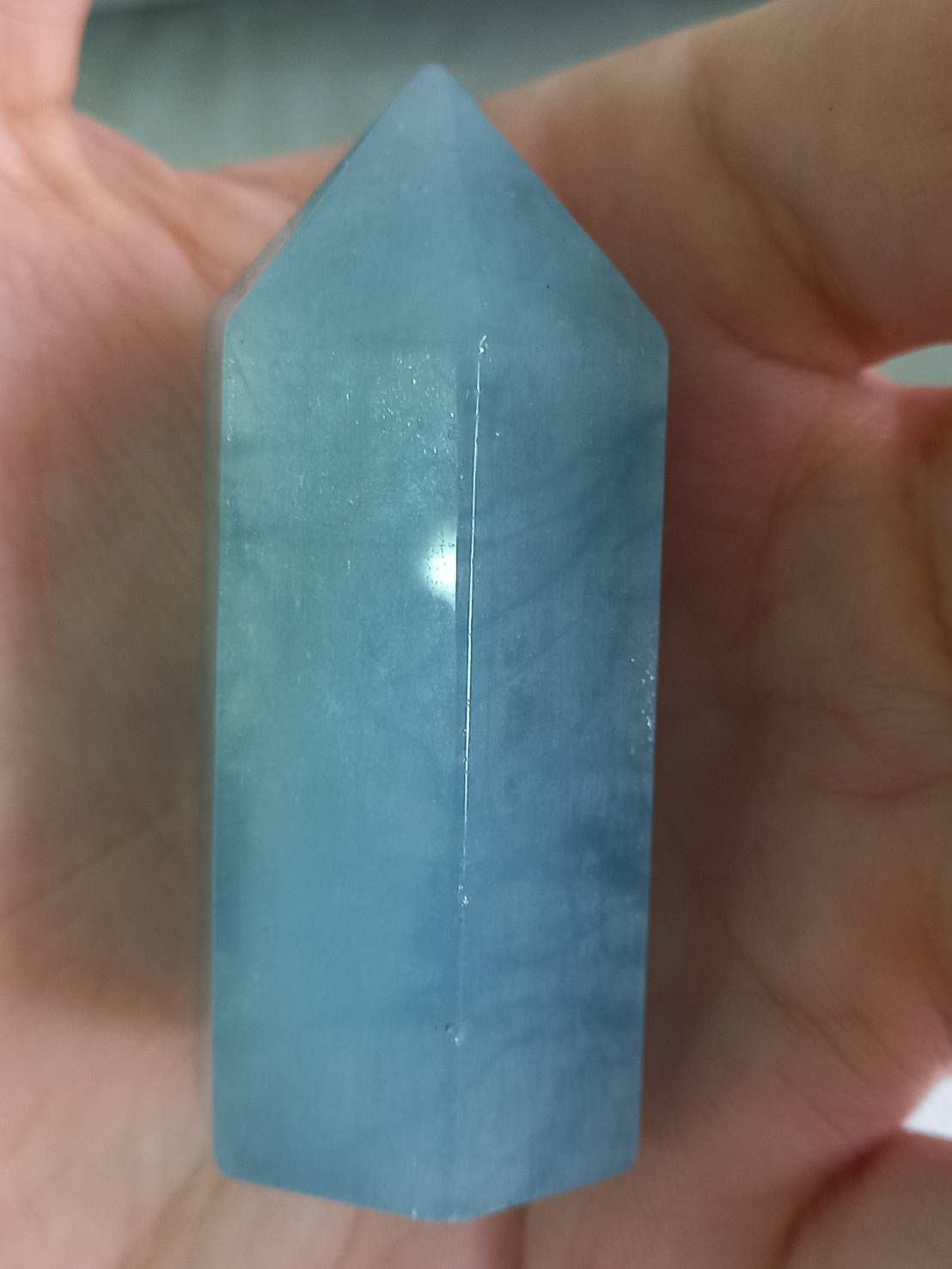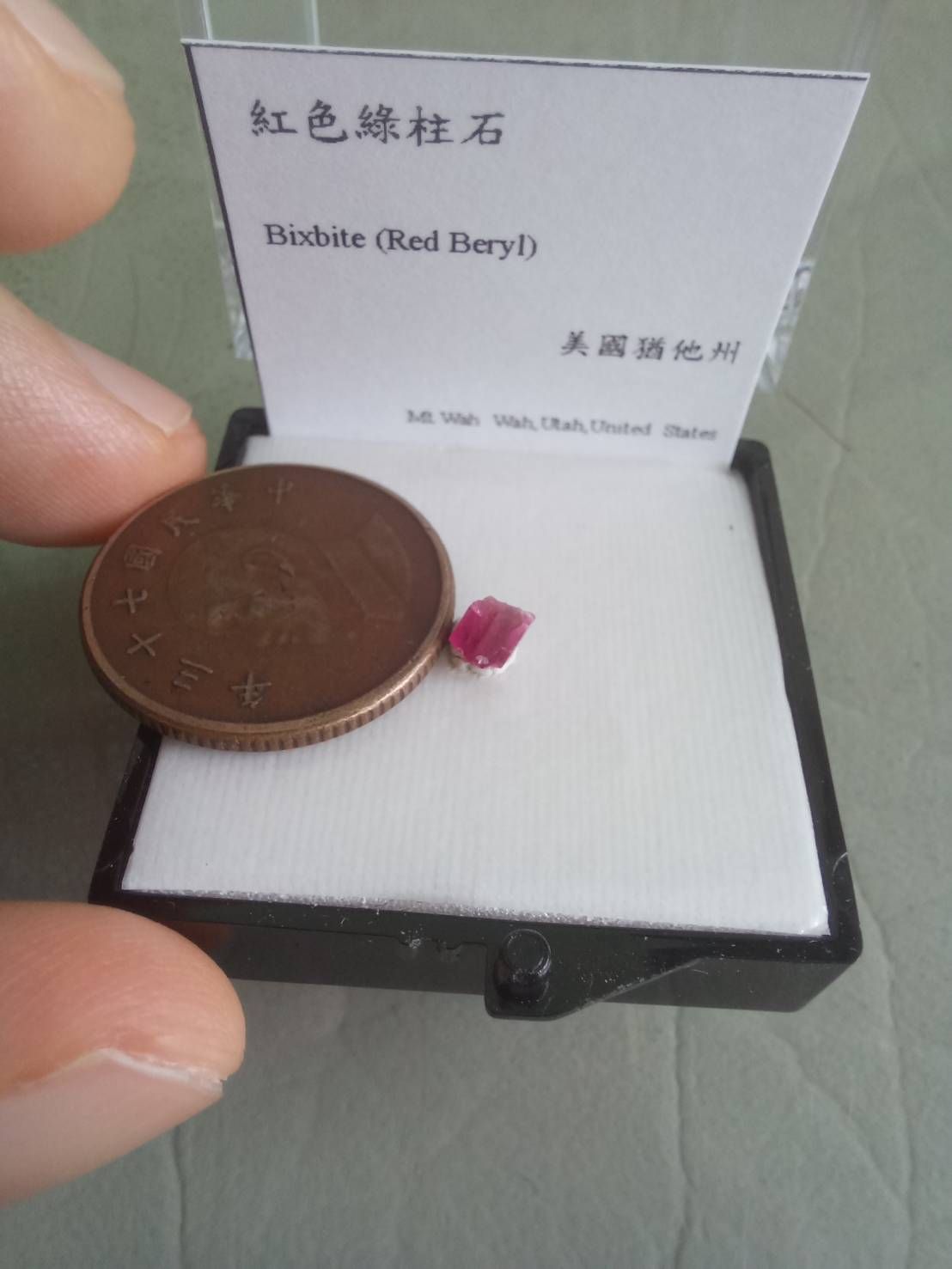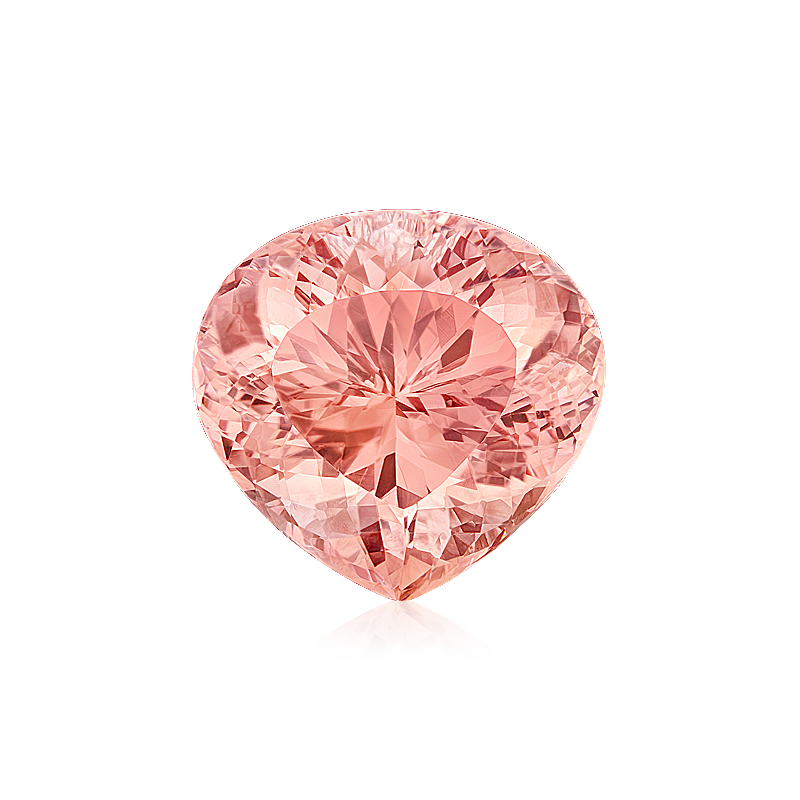Every Monday Mine - Beryl
Today I want to introduce to you the famous clan in the gem world - Beryl.

Everyone must be very unfamiliar with the term "beryl", but I believe everyone is familiar with his family members.
Many of the common gemstones in our lives are members of the beryl family, such as emeralds, aquamarines, and candy-pink morganites, all of which belong to beryl.

The chemical formula of beryl is Be3Al2(SiO3)6, and the crystal presents a hexagonal columnar shape with longitudinal lines.
Pure beryl is colorless and may even be transparent, but most beryl is green, but also light blue, blue, yellow, white and rose, with a vitreous luster.
Beryl is mainly produced in granite pegmatite, but also found in sandstone and mica schist, often coexisting with tin and tungsten. But the most famous emerald origin is Colombia in South America, but it exists in a limestone base.
Its main use as a mineral is to extract metal beryllium, and those with large crystals and good transparency will be regarded as gems and used as accessories. The crystal balls used in ancient divination in Europe were originally made of beryl, and later changed to crystal. The earliest spectacle frames were also made of beryl. In some languages, the English "Beryl" of beryl can still be seen in the noun "glasses frame", such as German Bille and Dutch Bril.
But the most interesting part I want to share today is the red beryl in the first picture.
With its rose red exterior, it is the rarest member of the beryl family, so it is also the most expensive of all my current collections.

Beryl has been used as a gemstone for a long time, but it has the same properties as emeralds like this, but red beryl with a rose-red appearance was not discovered until 1905 in the Wah-Wah mine in Utah, USA. And so far there are no records of discoveries in other areas.
An important factor that gives it its beautiful rose red color is that it contains 0.08% manganese, which is about 20 times that of pink beryl (aka morganite). In addition, red beryl has very low alkali metal content and almost no water.

Although it was renamed Red Beryl at the 1991 International Gem Society meeting, I still prefer what jewelers used to call it before that: red emerald.

Although I have liked these treasures from the depths of the earth since I was a child, which have experienced more high heat and high pressure than other common stones, but it was not until I had my own work in recent years that I began to really collect these once felt far away. and mineral gems.

So no matter what, I am just a novice in my understanding of these minerals. And how fortunate I am, not long after I stepped into the deep pit of the ore circle, I met the dreamy masterpiece of the beryl world.
Maybe in the future, I will meet more, more beautiful, rarer and more valuable gems, but in today's article about beryl, I want to hope that I will never forget to open the Earth Encyclopedia when I was a child, and see the above introduction Touched by a variety of dazzling gems and minerals.
And I know, I won't forget.
Like my work? Don't forget to support and clap, let me know that you are with me on the road of creation. Keep this enthusiasm together!
